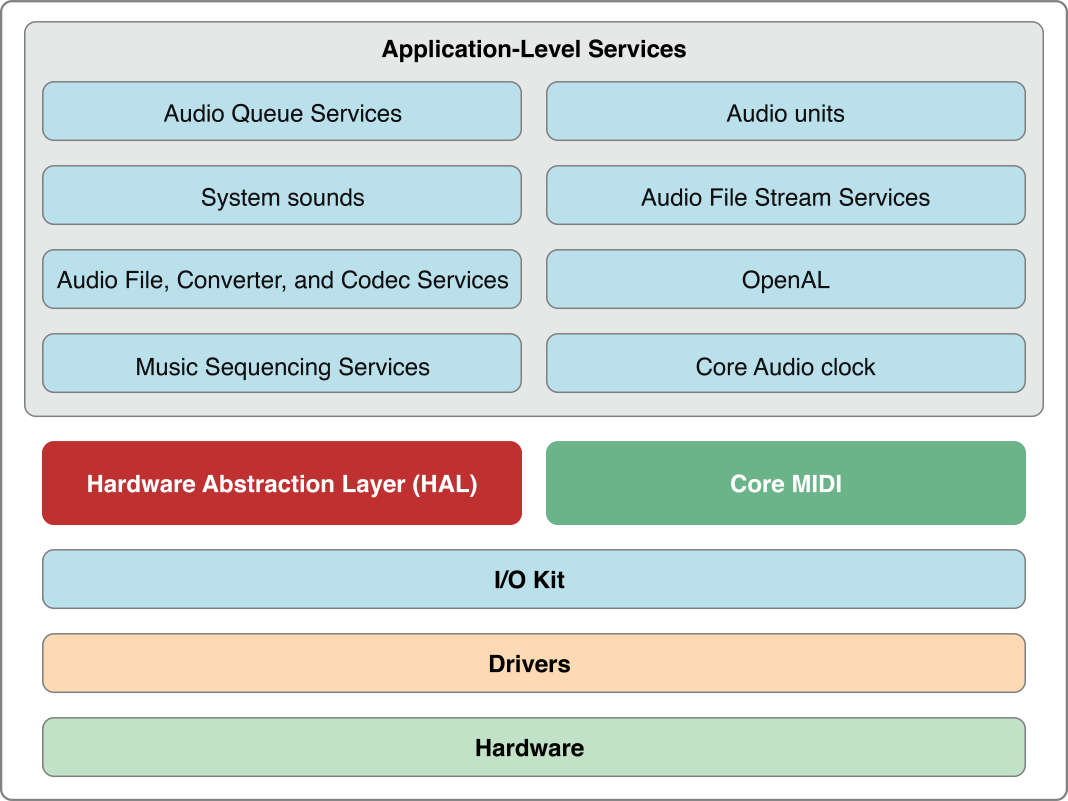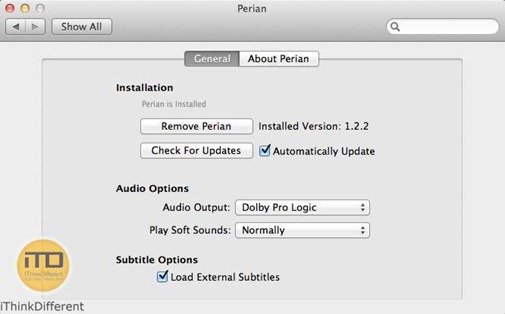
We’re all familiar with the concept of codecs. And we’ve probably all run into a problem or two with a codec in the past – a file that works on one computer doesn’t work on another, or works in one app but not another. In fact, codec issues are one of the main reasons we built EditReady.

A final word: If and when Perian stops working, try looking into VLC or MPlayer OS X. Sure, they're not Perian, but they offer great software still under development. Thanks for all of your support over the years. It has meant a lot to all of us. Chris Forsythe Graham Booker Alexander Strange Augie Fackler. QuickTime is an extensible multimedia framework developed by Apple Inc., capable of handling various formats of digital video, picture, sound, panoramic images, and interactivity.First made in 1991, the latest Mac version, QuickTime X, is currently available on Mac OS X Snow Leopard and newer. Apple ceased support for the Windows version of QuickTime in 2016, and ceased support for QuickTime 7. Read Reviews and Write Comments - Download Lame 3.100 for Mac OS: LAME MP3 Encoder for Mac OS is a free encoder which is compatible with Mac OS X 10.3.9 or later.

Video Codecs For Mac Os X
This post will cover the basics of where codecs live on the Mac, and how you can go about resolving basic codec issues.
Vlc Codec Pack Mac

Traditionally, all the codecs on a Mac were stored in one folder, /Library/QuickTime. If you’ve got an older Mac OS X install and look in that folder, you’ll probably find all sorts of detritus from codecs of the past – DiVX.component, Perian.component, etc. These components are part of the old “QuickTime 7” framework. If you’re working in Final Cut Pro 7 or another older app, these are the only codecs that matter. This is also the only type of codec that can be developed by third parties.
Xvid Video Codec For Mac
Starting with Mac OS X 10.6 (“Snow Leopard”) Apple introduced a new set of media technologies – AVFoundation, CoreMediaIO, and others. These modern media frameworks don’t use the older components, and instead introduced a separate set of video codecs. You’ll find these in /Library/Video and /System/Library/Video (And often in subfolders from there).
Apple hasn’t opened this technology up to third parties, so only Apple can create these types of codecs. Macs come with some codecs preinstalled (like Apple ProRes) but others are only available as part of the Apple “Pro” apps like Final Cut Pro X. The most important of these, in terms of working with video on a Mac, is probably the AVC Intra codec, since AVC Intra is used by many modern cameras (like many XAVC cameras).
We’ve seen a number of issues related to these modern codecs. First off, some users simply end up with corrupt or missing copies. This can be due to a bad update, or an overly aggressive “cleaner” application on your Mac. If you previously had the codecs and suddenly they’re gone, you can reinstall from the Apple Pro Video Formats download.
As we prepare for the impending release of Mac OS X 10.11 (“El Capitan”), many users will choose to do a full reinstall instead of just updating. This can lead to confusion because codecs will be missing after the update.
If you don’t have the codecs at all, an easy way to get them is by installed the Final Cut Pro X trial. Alternatively, you can find instructions online for installing them manually.
